What is an Aspect Ratio?
![]()
With the recent excitement surrounding the release of the film Oppenheimer, there have been lengthy discussions about the best way to watch it – mostly because of something called an aspect ratio and the way that it affects the viewing experience. This is a term that is used widely in film, and it’s just as important for photographers to understand.
Table of Contents
What is an Aspect Ratio?
Some images, like panoramas, are really wide. Others are tall, square – you name it. An aspect ratio is the proportional relationship between an image’s width and height. In photography, this is extremely important for print sizes, different places you may want to display your images, and your overall photographic process.
Aspect ratios are written as ratios of width to height (width:height, pronounced “width to height”). For example, most DSLR and mirrorless cameras have sensors that shoot horizontally in a 3:2 aspect ratio, so their images are 1.5 times (3 divided by 2) more wide than they are tall.
For reference, a Canon 5D Mark IV produces full-resolution images that are 6,720 x 4,480 pixels, and the height (4,480 pixels) multiplied by 1.5 equals the width (6,720 pixels). It is often useful to think of how an aspect ratio relates to a 1:1 (square) ratio. The wider the image is, the greater the number will be if you divide the first number in the ratio by the second number.
It is important to note that aspect ratios are proportional, so they don’t give any information about an image’s resolution (the number of pixels in an image). Two different DSLRs that shoot in the same aspect ratio might have very different resolutions if their images contain different numbers of pixels. Aspect ratio is simply a metric to describe image shape, not resolution.
Common Aspect Ratios in Photography
Note: Although aspect ratios are written width:height, the portrait orientation of each of these ratios would simply be written the opposite way (i.e. landscape might be 3:2, and the portrait orientation would be 2:3).
3:2
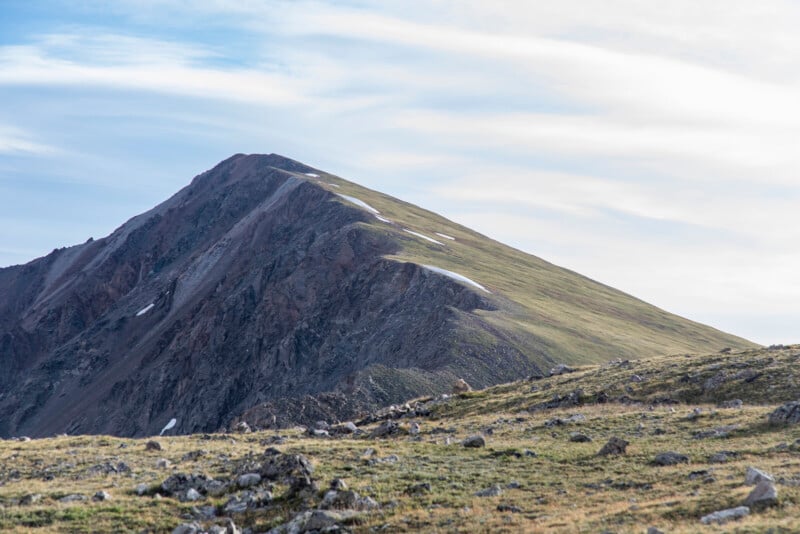
As mentioned above, most DSLR and mirrorless cameras have sensors that shoot with a 3:2 aspect ratio. This is an extension of the fact that 35mm film cameras shoot images that are 36mm x 24mm, giving an aspect ratio of 3:2 (yes, your elementary school fraction-reducing practices are coming in handy). Both full-frame and APS-C (crop) sensors shoot with a 3:2 aspect ratio, even though crop sensors are smaller (about 24mm x 16mm, give or take a few millimeters depending on the manufacturer). Full-frame sensors use a film-derived 36mm x 24mm sensor size.
1:1
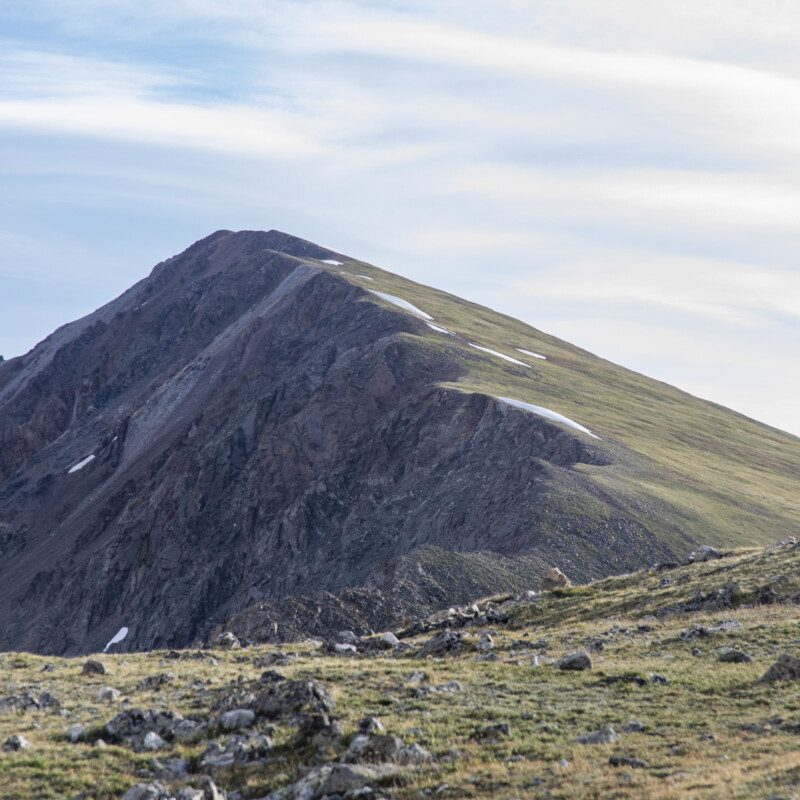
A 1:1 ratio means that the width is equal to the height of the image, making a square. The square ratio is available on most smartphone cameras, but it’s also common in medium-format cameras. Many medium-format film cameras accept 120 film, which is common to find in a 1:1 aspect ratio (about 56mm x 56mm). Some social media sites, such as Instagram, used to only allow posts using a 1:1 aspect ratio – hence the setting on many smartphone cameras. Today, Instagram allows everything from horizontal images with an aspect ratio of 1.91:1 to vertical images with an aspect ratio of 4:5. Many photographers hope for expanded aspect ratio limits on social media sites in the future, especially for sharing panoramic or exceptionally wide landscape images.
4:3
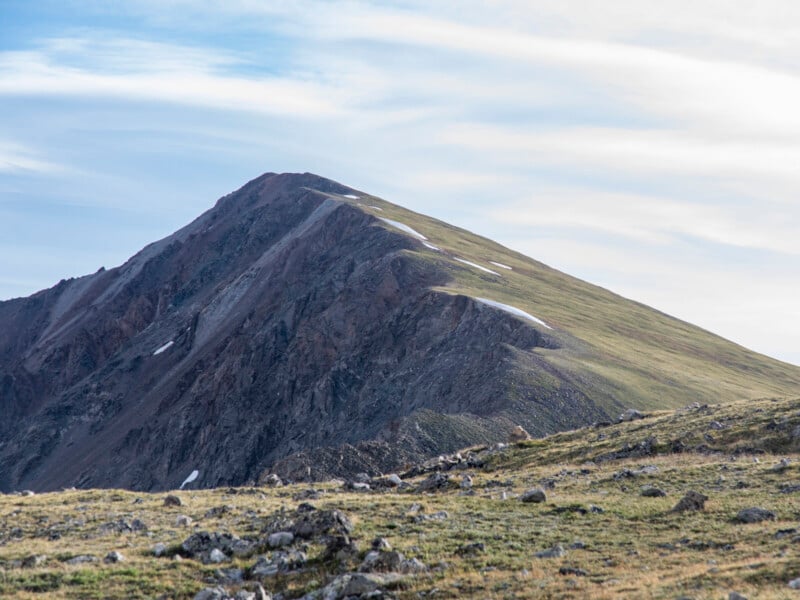
Micro Four Thirds cameras, as the name implies, use a 4:3 aspect ratio. Most point-and-shoot cameras, as well as some medium-format cameras also use this aspect ratio. While modern smartphones can usually shoot with a variety of aspect ratios, 4:3 is the default for most.
5:4
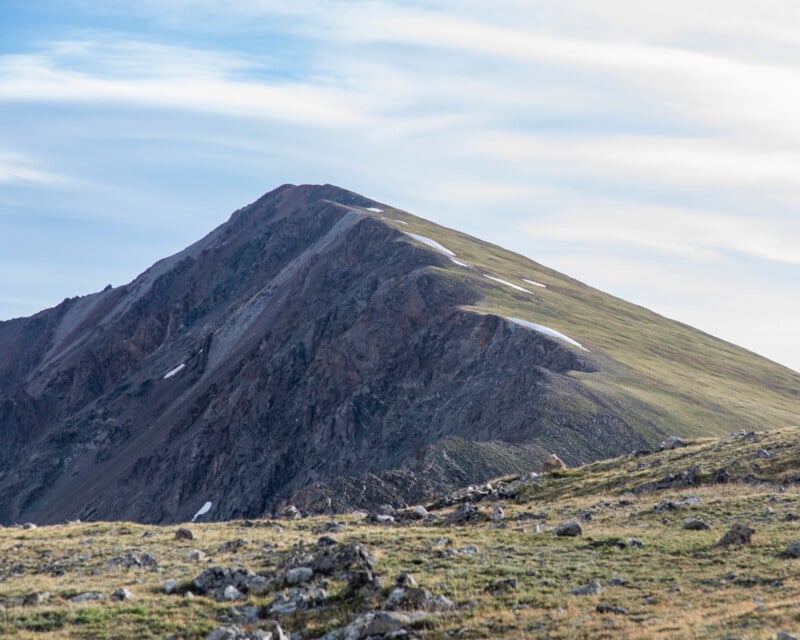
This aspect ratio is more common in medium- and large-format cameras. It plays well with the common 8” x 10” paper size for prints.
3:1
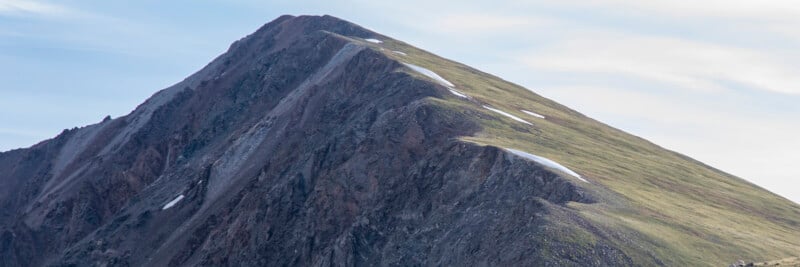
Since this aspect ratio is much wider than it is tall, this is a common aspect ratio in panoramic photography.
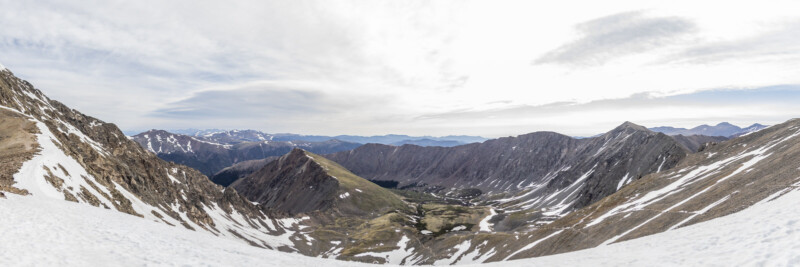
Aspect Ratios in Film
The primary goal of this article is to explore aspect ratios in a photographic context. However, it’s important to note that many of the common aspect ratios in film are quite different from aspect ratios in photography. Some carry over, such as standard-definition video using a 4:3 aspect ratio. However, the standard aspect ratio for high-definition video is 16:9, and the most common aspect ratios used in cinemas are 1.85:1 and 2.39:1. IMAX films use a 1.43:1 aspect ratio most often, but they also can use a 1.9:1 ratio.
To revisit the Oppenheimer excitement, it is an IMAX film with 70mm film reels that are 600+ pounds. The “correct” picture is only available to watch in a select number of theaters, and the full IMAX 1.43:1 as well as 2.20:1 aspect ratios can be seen without a crop. According to the movie’s website, Oppenheimer “…is fully analog and switches between the 2.20:1 and 1.43:1 aspect ratios throughout the film” when viewed in capable theaters. Otherwise, standard theaters present the film with a crop to fit their standard 1.85:1 or 2.39:1 aspect ratios. Although the cropped version is only a slight change, many film enthusiasts prefer to view the film as intended – thus the talk about how to watch it.
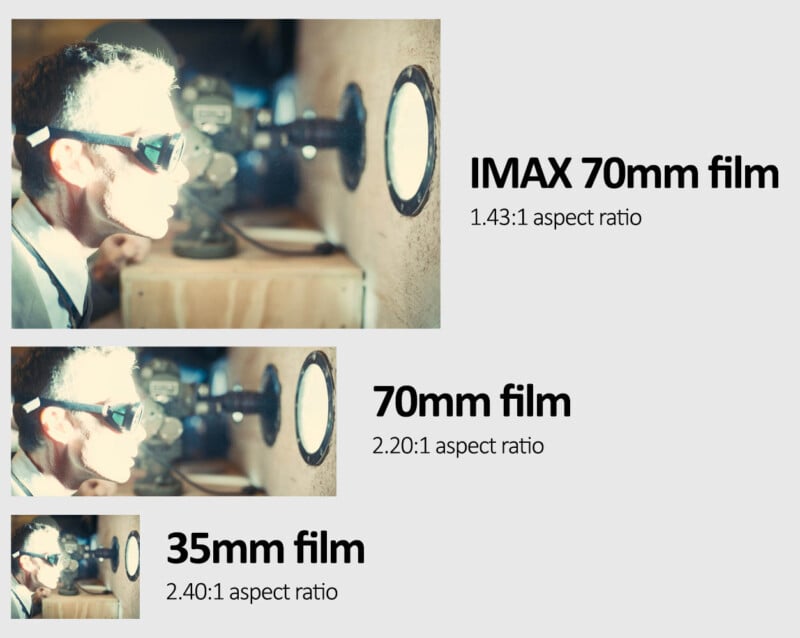
Changing Your Aspect Ratio
Most modern digital cameras have the capability to change their aspect ratio in-camera. To do this, consult your camera’s manual or search the internet for instructions. Many DSLR and mirrorless cameras will shoot in 3:2, 4:3, 16:9, and 1:1 simply by changing settings in the menu.
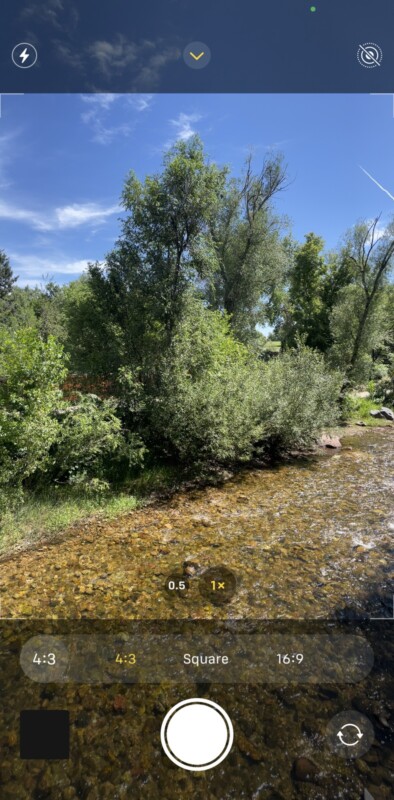
Many photographers, however, prefer to just shoot in their camera’s default aspect ratio (most likely 3:2 if you’re using a DSLR or mirrorless camera) and then crop later if necessary. In most post-processing tools, there is a menu for “Aspect” or “Aspect Ratio.” In Lightroom, this can be accessed by going to the “Crop” tool. Most of the popular aspect ratios are available there, or you can enter a custom ratio if you’re looking for something specific.
Aspect Ratios Can Be Challenging
Prints
Similar to the desire to view Oppenheimer in its intended format without a crop, photographic aspect ratios can also provide cropping challenges when making prints or sharing images. For example, images with a 2:3 aspect ratio fit well in 4” x 6” prints. However, 8” x 10”, 11” x 14”, and 16” x 20” paper sizes won’t fit the image exactly. This is where photographers will either crop their images to fit the paper’s aspect ratio, or they will make the image smaller than the paper and leave a border around the actual image on the paper.
Borders are highly despised by some photographers and loved by others, but they can often be useful. They allow for easier handling of the print (with less of a risk of damaging the actual image), easier mounting, and the ability to see where the actual image ends. On the flip side, the actual image size is sometimes harder to determine or guarantee, especially if you’re making prints for clients. Sure, the paper size may be 16” x 20”, but if you’re using borders, the actual image size at a 2:3 aspect ratio will need to be smaller.
There are always solutions to having images that don’t fit your paper’s aspect ratio perfectly, but you just have to decide what you (and your clients) prefer to do.

Displays and Websites
These days, people have just about every display size you can imagine. Ultrawide monitors come in 21:9 or even 32:9 aspect ratios, smartphones are constantly changing aspect ratios, and it’s really difficult to keep up with all of the different ways that people are viewing content.
For many digital displays and websites, if you’re looking to fill the screen with an image perfectly, you may have to crop your image to a custom aspect ratio according to the display or content aspect ratio. It is more controlled to crop your image to the desired aspect ratio yourself than to let whatever website builder or display crop your image for you. Many displays and website builders also have options to insert images as-is, and they will place borders or empty space around your image if it’s not the correct aspect ratio.

Conclusion
Aspect ratios are important to keep in mind when doing photography, especially if you intend to print or share your photos anywhere. Remember that an aspect ratio is simply a numerical description relating the width to the height of an image, and it tells you nothing about the image’s actual size or resolution. In your own photography, experiment with viewing images in different aspect ratios and decide what you like. You may discover that you really prefer a certain aspect ratio that is common with medium-format cameras, which might lead you down a new path in photography. Regardless of what experimenting you plan to do, it’s important to be aware of the ways that aspect ratios impact your photography and how it is perceived by others.
Image credits: Photographs by Justin Hein